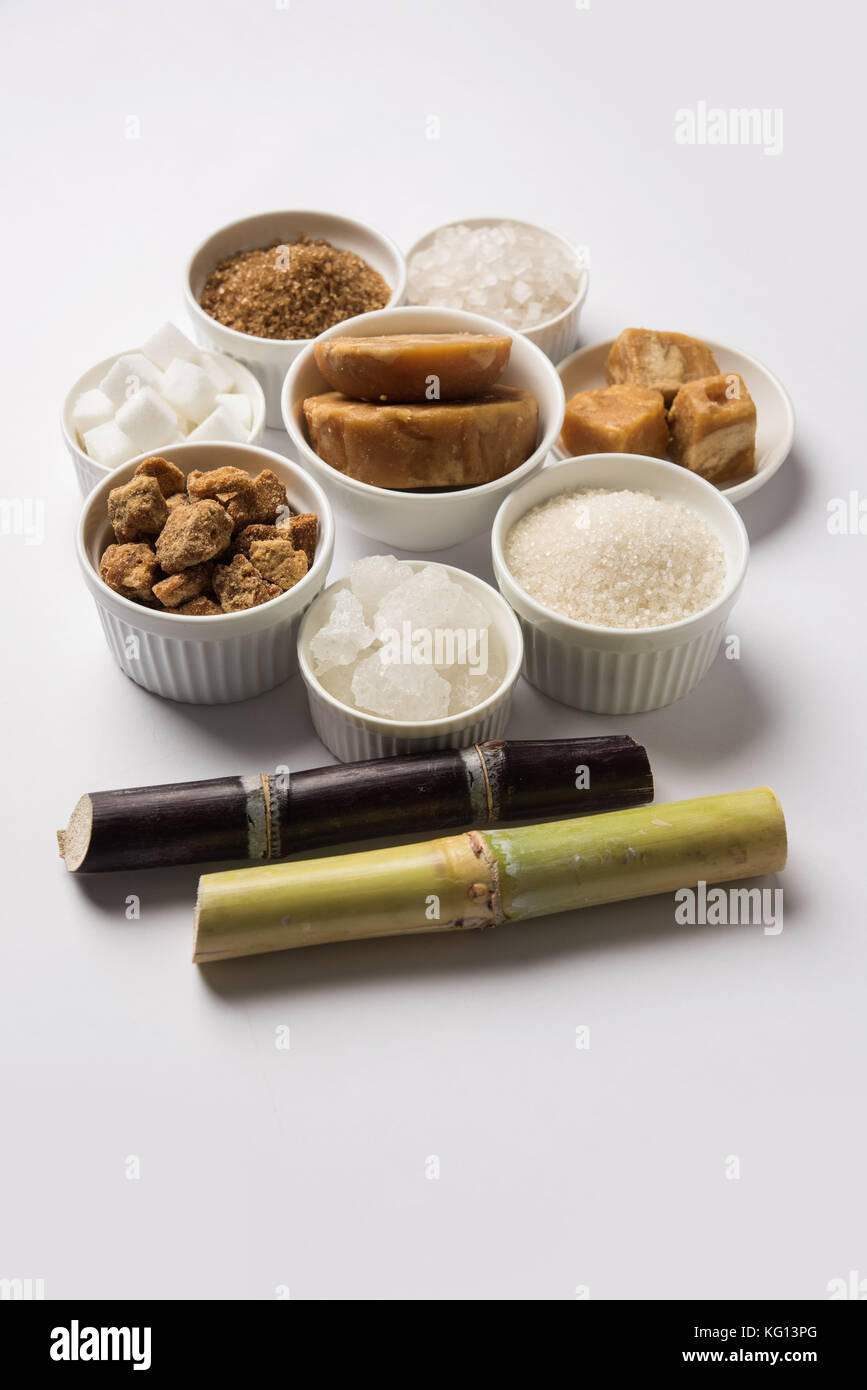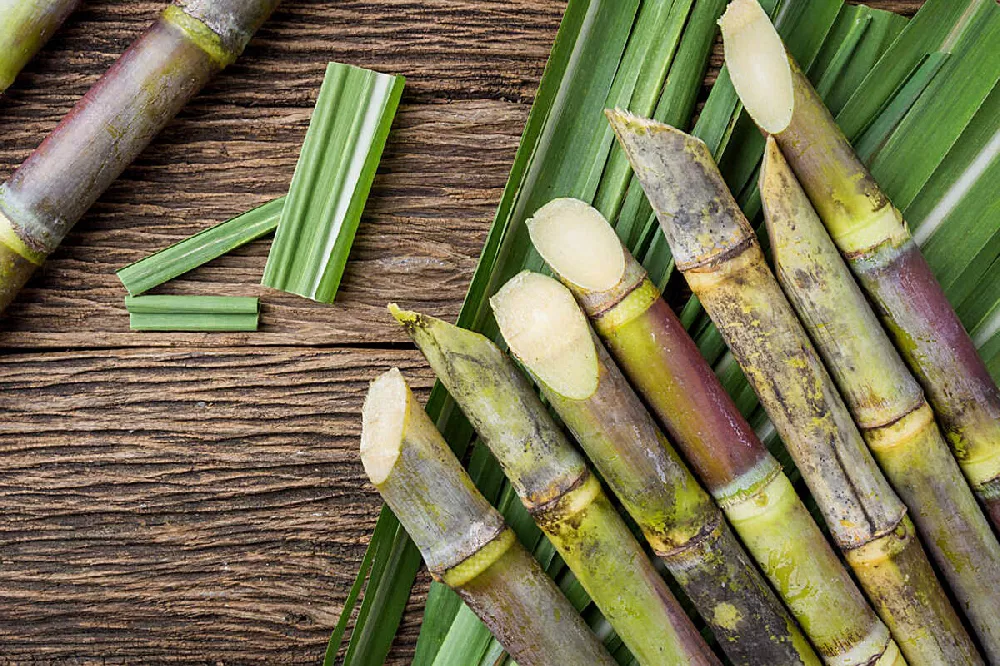Making the Most of sugar cane products in Agricultural Business
A Deep Dive Into Sugar Cane: Insights on Production, Product, and Item Advancement
Sugar cane plays a vital function in agriculture, underpinning economic climates in exotic areas. Its cultivation includes detailed processes influenced by numerous environmental factors. Nevertheless, cultivators encounter substantial difficulties, including climate modification and market variations. Technologies in item development are arising in reaction to advancing customer demands. Understanding these characteristics is vital for understanding the future of this essential plant and its influence on global markets. What lies ahead for sugar cane and its myriad applications?
The Relevance of Sugar Cane in Global Agriculture
Sugar cane serves as a crucial crop in global farming, underpinning economic climates and food systems in lots of exotic areas. This functional plant is mainly grown for its high sucrose content, which is improved right into sugar, a staple component in countless foodstuff. Beyond sweetening, sugar cane is likewise essential for producing biofuels, specifically ethanol, adding to power sustainability.The financial relevance of sugar cane extends to employment, offering source of incomes for countless farmers and employees in processing centers. In numerous countries, sugar cane growing and handling stand for considerable portions of agricultural GDP, affecting trade equilibriums and regional development.Additionally, sugar cane's versatility to numerous climates enhances its relevance as a plant, ensuring regular supply in global markets. Its spin-offs, consisting of molasses and bagasse, even more expand its energy, making it a necessary component in food, power, and industry. Generally, sugar cane stays a cornerstone of agricultural efficiency worldwide.
Cultivation Procedures: From Growing to Harvest
Growing sugar cane involves a collection of distinct procedures that assure excellent growth and return. The cultivation begins with land prep work, where the dirt is tilled to secure ideal aeration and drain. Following this, seed cane, which includes fully grown stalks, is selected and cut right into sectors (sugar cane products). These sectors are then grown in furrows, ensuring appropriate spacing to permit for sunshine and nutrient access.Once planted, irrigation systems are used to keep sufficient wetness degrees, as sugar cane flourishes in damp conditions. Weeding and pest monitoring are essential throughout the expanding duration to decrease competition for resources. Nutrient application, including fertilizers, supports durable growth. As the plants mature, monitoring for illness and bugs continues.Harvesting commonly occurs 10 to 24 months post-planting, depending on the range. The canes are cut short, ensuring marginal waste, and are rapidly transferred for refining to protect sugar quality
Geographical Distribution of Sugar Cane Production
The geographical distribution of sugar cane production is mainly formed by specific environment and soil needs. Major producing countries, such as Brazil, India, and China, gain from tropical and subtropical climates that sustain the crop's growth. Comprehending these factors offers understanding into the worldwide landscape of sugar cane farming.
Significant Making Countries
Sugar cane is grown in numerous areas worldwide, certain nations control production due to desirable climates and farming practices - sugar cane products. Brazil leads the international market, making up around one-third of overall production, thanks to its considerable haciendas and progressed cultivation methods. India complies with as a considerable manufacturer, taking advantage of both desirable weather and a huge residential market. China and Thailand likewise rate among the top producers, with reputable infrastructures supporting their sugar markets. Other significant contributors consist of the USA, Mexico, and Australia, each leveraging their unique agricultural systems to improve output. These nations play an important role in the sugar cane supply chain, affecting international costs and availability
Environment and Soil Demands
Suitable climate and soil conditions are critical for successful sugar cane production. Sugar cane grows in tropical and subtropical regions, requiring warm temperatures between 20 ° C and 30 ° C (68 ° F to 86 ° F) These plants require abundant sunshine and rainfall, ideally in between 1,500 to 2,500 millimeters yearly, to ensure peak development. The soil should be well-drained, abundant, and abundant in raw material, with a pH level ideally between 5.5 and 8.5. Sandy loam or clay loam this content dirts are especially for sugar cane growing, giving essential nutrients and drain. Geographical circulation is greatly influenced by these elements, with significant production areas located in Brazil, India, and China, where ecological conditions align with the plant's needs for growth and yield.

Difficulties Faced by Sugar Cane Growers
Sugar cane cultivators come across substantial obstacles that impact their livelihoods. Climate adjustment introduces unpredictable weather patterns, affecting crop return and quality. Furthermore, market price volatility develops monetary unpredictability, making complex long-term preparation for these farming find producers.
Environment Change Impacts

Exactly how do environment modification effects impact the viability of sugar cane farming? Climbing temperature levels and erratic climate patterns significantly challenge sugar cane cultivators. Raised warm can cause decreased yields, as the plants struggle to prosper in extreme problems. Furthermore, transformed rainfall patterns cause either droughts or too much flooding, both destructive to crop wellness. Pests and diseases are likely to multiply in warmer climates, better harmful production. Dirt deterioration and salinization due to rising sea degrees can reduce arable land. These climatic adjustments oblige cultivators to adjust their techniques, usually calling for investment in brand-new modern technologies and durable crop ranges. Ultimately, the sustainability of sugar cane farming depends upon dealing with these climate tests efficiently.

Market Rate Volatility
Market value volatility presents significant difficulties for sugar cane growers, impacting their monetary security and preparation. Variations in market rates, driven by elements such as global supply and need, weather condition conditions, and government policies, create unpredictability for producers. This unpredictability makes it tough for growers to forecast revenues and handle operating costs effectively. Furthermore, when costs go down unexpectedly, numerous farmers might have a hard time to cover production expenses, resulting in prospective financial distress. To minimize these threats, some growers transform to agreements or hedging strategies, yet these services might not be available to all. Subsequently, market value volatility stays a consistent worry, affecting the general sustainability and productivity of sugar cane farming.
Comprehending the Sugar Cane Supply Chain

Market Fads Influencing Sugar Cane Rates
The dynamics of sugar cane prices are influenced by a variety of market fads that show broader financial problems and consumer behaviors. Global demand for sugar and sugar-related items plays an important role, with boosting passion in organic and sustainably sourced items driving rates higher. In addition, changes in oil costs influence the price of production and transportation, additional influencing market prices. Weather patterns are one more significant element; damaging conditions can lead to reduced returns and raised prices. Trade policies, tolls, and global agreements likewise shape the marketplace landscape, influencing supply chains and availability. Money exchange rates can complicate worldwide trade, impacting prices for both exporters and importers. Shifts in customer choices towards much healthier choices might change demand patterns, developing a ripple impact on sugar cane prices. sugar cane products. For that reason, comprehending these interconnected trends is essential for stakeholders in the sugar market
Innovations in Sugar Cane Product Development
Countless technologies in sugar cane item growth are reshaping the industry and broadening its applications. Researchers are checking out alternate usages past standard sugar, consisting of biofuels, biodegradable plastics, and health supplements. Advances in enzymatic handling strategies have actually enhanced the removal of important compounds such as antioxidants and vitamins from sugar cane, promoting its use in practical foods.Additionally, the development of genetically customized sugar cane selections aims to enhance return and resistance to parasites, while additionally improving the dietary profile of the plant. Advancements in fermentation procedures have brought about the production of high-grade alcoholic drinks stemmed from sugar cane, attracting a growing market for craft spirits.Moreover, sustainable methods in cultivation and handling are obtaining grip, with a concentrate on reducing environmental effects. These innovations not just produce new market chances however also promote a more sustainable approach to sugar cane production, aligning with global fads in the direction of environment-friendly items.
Regularly Asked Concerns
What Are the Environmental Impacts of Sugar Cane Farming?
The ecological impacts of sugar cane farming include logging, loss of biodiversity, water contamination from fertilizers and chemicals, dirt degradation, and greenhouse gas emissions, every one of which substantially add to environmental imbalances and climate modification.
How Does Sugar Cane Farming Affect Citizen Economies?
Sugar cane farming substantially influences regional economic situations by developing work, stimulating farming fields, and generating revenue for farmers. It can likewise lead to financial dependency and fluctuations based on market needs and ecological problems.
What Are the Key Vermin and Diseases Affecting Sugar Cane?
The primary bugs affecting sugar cane consist of the sugarcane borer and aphids. Conditions such as red rot and smut greatly impact return. Farmers must implement incorporated pest administration methods to alleviate these hazards efficiently.
Just How Is Sugar Cane Processed Into Different Products?
Sugar cane processing includes squashing the stalks to draw out juice, complied with by explanation, evaporation, and condensation. This process yields raw sugar, molasses, and ethanol, each offering distinctive functions in numerous markets, from food to energy.
What Are the Nutritional Aspects of Sugar Cane?
The nutritional aspects of sugar cane include crucial nutrients, particularly B vitamins, calcium, and iron. It likewise consists of fiber, though largely made up of sucrose, which supplies power however does not have significant nutrients.